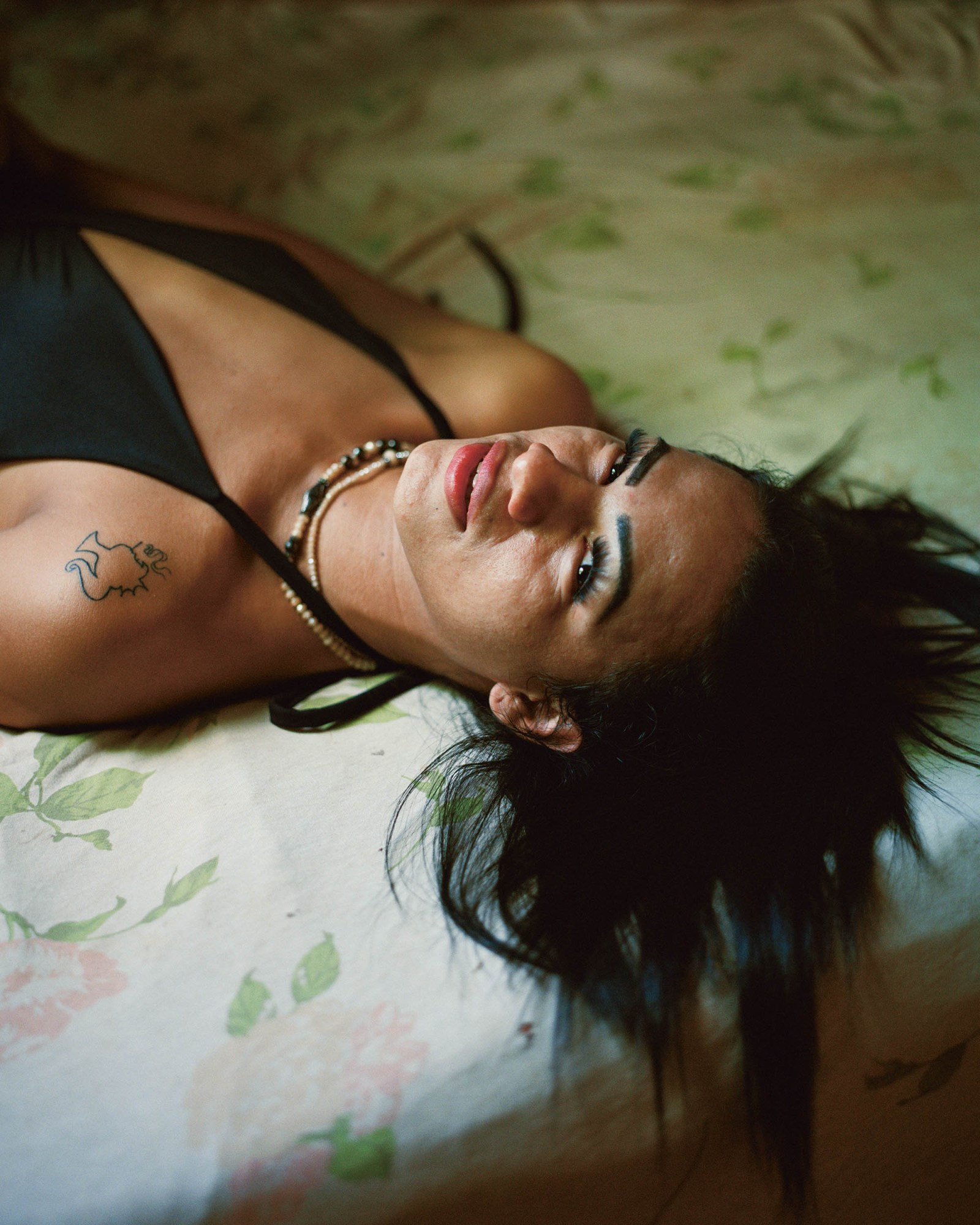Daniel Jack Lyons‘ background is a melange of art and anthropology: he implements both a grassroots spirit and academic rigor to his photographic projects. His series Like A River channels the precocity, precarity and endurance of a young generation living deep in the Brazilian Amazon. Here, Daniel examines how questions of contemporary identity interweave — and create friction with — indigenous traditions in the region. The images, taken over three years, are imbued with a melancholic yet resolute mood, spotlighting young individuals wrestling with the weight of heritage, ecological decline and homophobia. The series exists in continuity with Daniel’s treatment of photography as a means of championing overlooked communities: his previous projects provided visibility to people in fragile situations in Mozambique and Ukraine.
Daniel has just released his debut monograph, published by Loose Joints, and will be showcasing a selection of photographs from Like A River at the Rencontres d’Arles photography festival through August 28th. We called the photographer in Los Angeles and spoke about bold drag queens, activist body art and how social anthropology is his most robust source of creative inspiration.
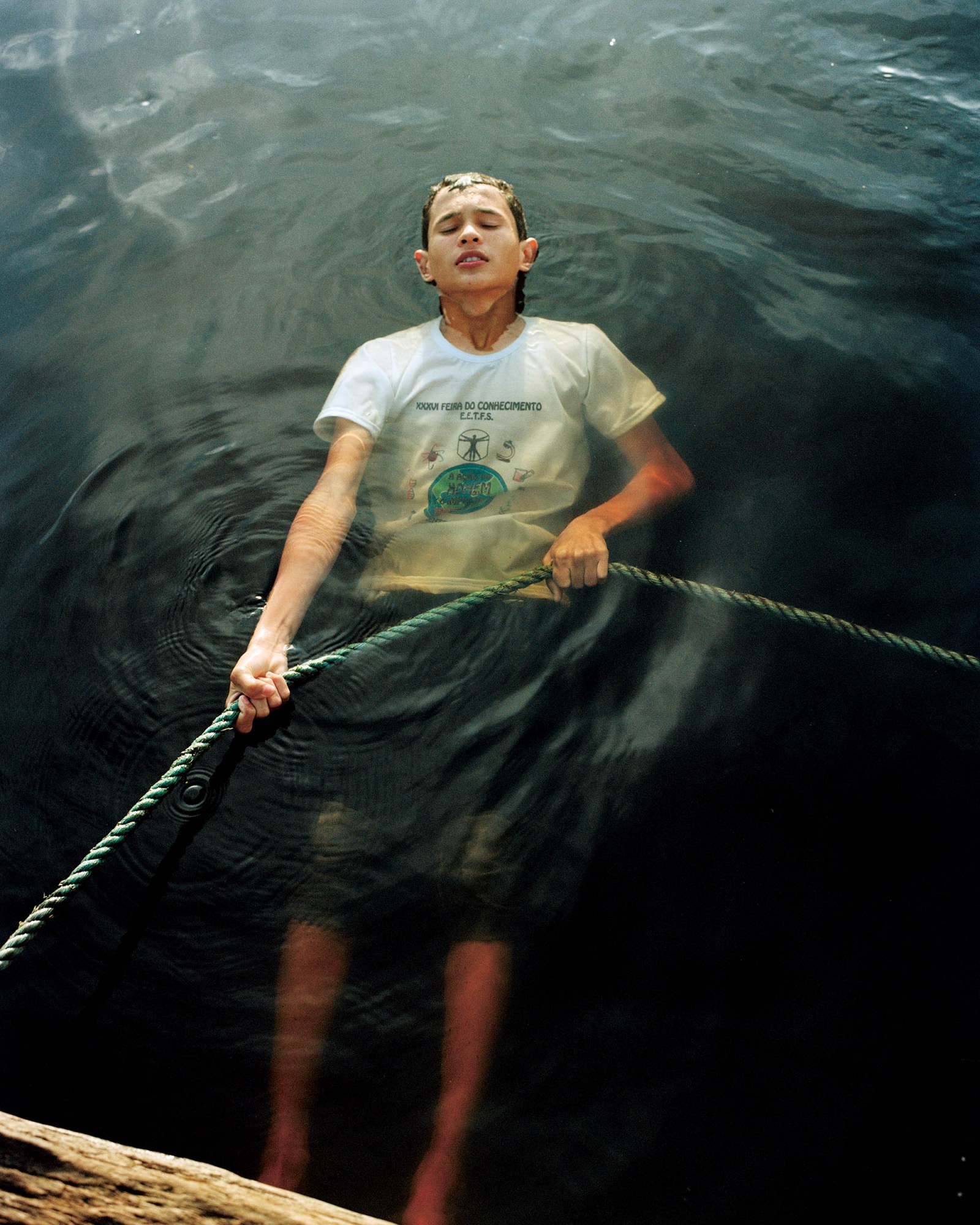
What was your trajectory to becoming a photographer?
I went to college on an art scholarship. About a year into the program, I came out of the closet, 9/11 happened and I immersed myself in politics — especially queer politics. I became an activist.
I came out to a guy who gave one of my essays to a professor of behavioral sciences and social history, [who is] a queer activist as well. This professor told me: ‘You’re wasting your time in art — you should be studying social theory and anthropology’. So I dropped the art, dropped my scholarship and switched to this other major.
When I finished the degree, I joined the Peace Corps, and they sent me to Mozambique. I lived there for four years: the first two and a half, I was on this tiny remote island.
Then I moved to New York and went back to school; I got a masters in public health, with a focus in medical anthropology. I developed a method that’s not my invention, called Photovoice. You give people cameras, they take photos and you interview them about the photos relative to the issues we’re looking at. I started consulting for the UN and big human rights agencies. On a job in Ukraine, I used this methodology for youth affected by what had just been the invasion of Crimea, in 2014. I met artists, other queer activists and just really had this intimate bond. I went back a couple times a year over the course of three years. I shot a series there called Displaced Youth.
When did you start Like A River, and how did you find out about the communities in this particular territory?
When I was finishing a body of work in Mozambique, called Hotel Luso, I met this woman who sat on the board of the Brazil Foundation; she connected me with a youth leadership/community empowerment organization. Thiago Cavalli, who runs Casa Do Rio, loved this idea of documenting a complex socio-political situation through the eyes of youth instead of, you know, violence and environmental degradation.
He flew me to the Brazilian Amazon, and hosted me as an artist-in-residence. When I first arrived, I stayed at this little house on a river. I was literally walking with a machete, just chopping my own trails through this jungle. It was a very meditative time.
Then I met with youth leaders from different groups. You have the land activists, who are devoted to preserving traditions, advocating for land sovereignty, pressing the local governments. You have the queer youth; a lot of trans and non-binary people. And then the ‘youth on the margins’ group… artists, rappers. Everybody wanted to participate; people were really down. I’d ask them where they would want to be photographed, what would they want to be wearing — encouraging them to really think about this as a collaboration.
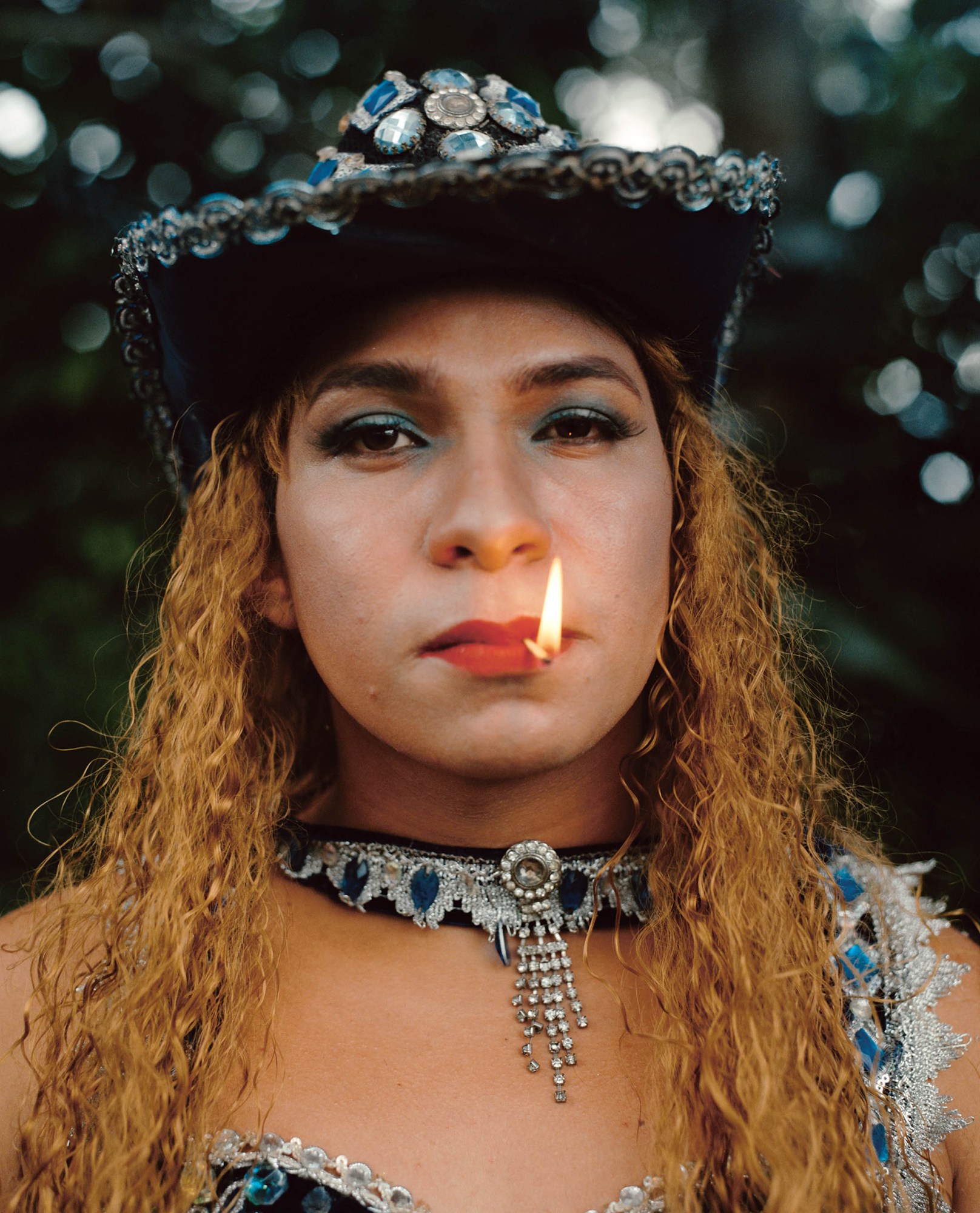
The series title references a line of poetry. How is that a meaningful framework for situating this particular body of work?
I became very close friends with the trans collaborators. A trans woman I was photographing asked me if I’d ever heard of the poet Thiago de Mello. She recited “Like a River” for me, and recited the last stanza twice. After, she said to me: ‘I feel like we are a small river in the Amazon, and we’re going to finally meet the ocean [thanks to the exposure of your photographs]’. People tend to be surprised there are queer, trans, non-binary people living in the jungle of the Amazon — even Brazilians. So that poem really symbolized how the trans community wanted to be seen. The queer people felt an urgent, immediate desperation to be recognized.
You discuss how the protective feeling around the Amazon’s natural components overshadows an understanding of the communities who live there.
When the Amazon was on fire, the messaging was so much about the biome and the role that the forest plays in the larger world — but I didn’t hear a lot about the local people. In other places, generally people talk about homes being lost, communities being displaced. But that wasn’t what was being discussed in the media. This book was an attempt to really put a face to a community, or at least my experience of it.


How easy was it to communicate?
I should clarify: I’m fluent in Portuguese. It’s the national language in Mozambique; they were a former colony of Portugal. So that opened a lot of doors for me in Brazil — this project absolutely would not have been possible if I didn’t speak Portuguese.
The series is deeply localized and regional, but is there a wider anthropological perspective at play?
I would say that my observation is purely local — there are so many different experiences. But I will say that, within the community that I was collaborating with, I did see a theme. A lot of people grew up in very rural places connected to their tribal communities, yet were really in a place of self-discovery, whether as a skater or as a drag queen. There’s a struggle to reconcile multiple identities. Everyone understands the importance of traditional values, but the internet has really affected how people receive everything that’s going on in the world. Through exploring what’s happening in music, art, movies and so on, it has a profound impact on how people construct themselves.

I wanted to know more about the body art — like that beautiful photo of just legs.
What you’re looking at is body art made from a fruit you don’t eat. It’s very, very bitter; the juice is dark, dark black. They use that juice to create tattoos, though they’re impermanent. I was covered in these when I was there. People with those tattoos are indigenous land activists: they go to the capital city, Manaus, to chain themselves to trees to protest deforestation.
There’s also a photo of a girl with short bleached hair, sitting in a rocking chair, with face paint. I went to hang out before taking pictures, and she took me aside and we went for a long walk together. She said, ‘I heard you’re photographing gay people… I’m a lesbian, but I’m not totally out’. Her father is very renowned in the community: one of the chiefs. And she’s like, ‘I cannot be out because I’d be a disgrace to my father’. The following day, when I showed up to take pictures, everybody was painting their faces, but she wiped half of hers off. She did it right before the photo and said: ‘I don’t know where I’m going, but I know I have to leave this place, to meet other women like me’.
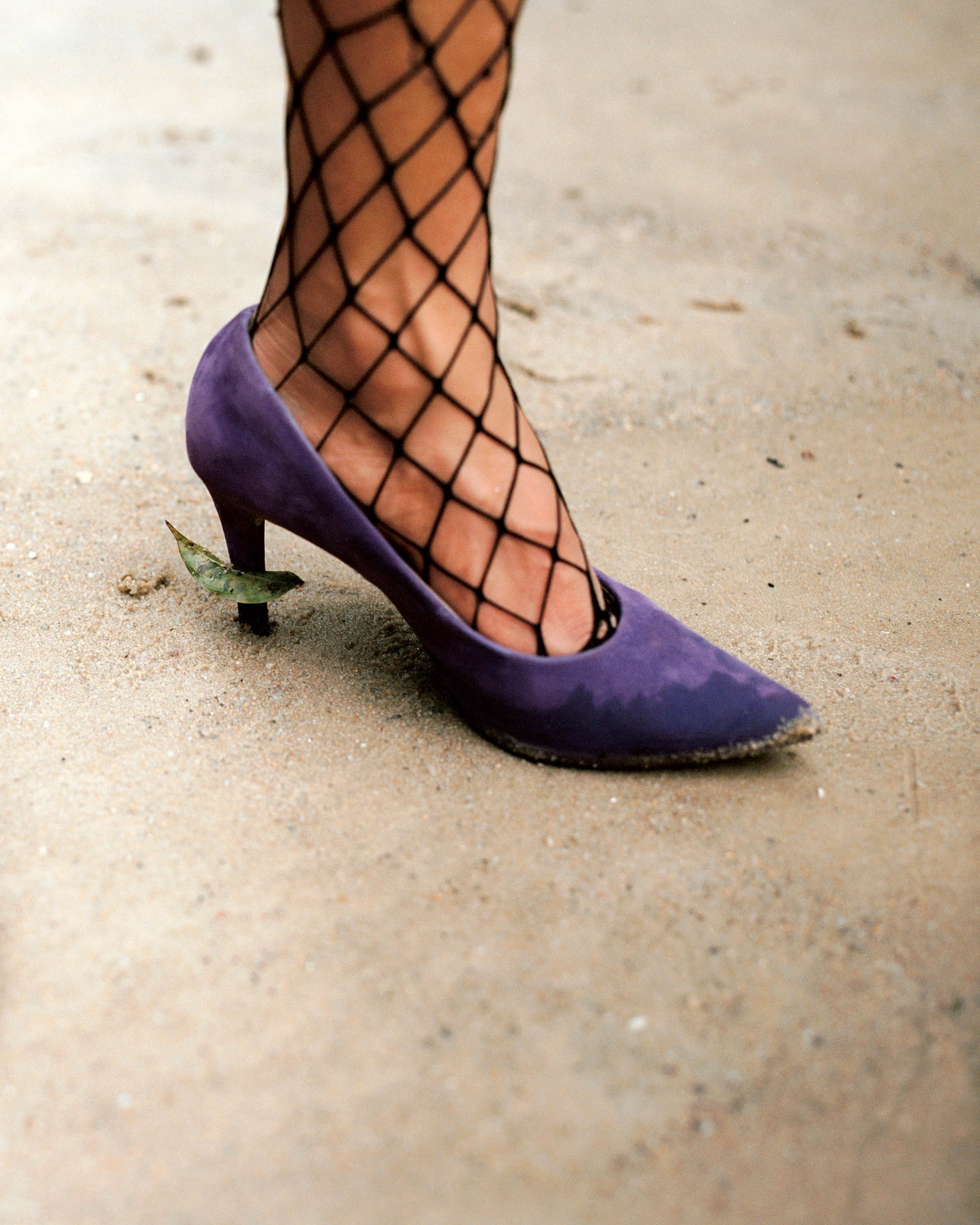
How widespread is homophobia locally?
In the more traditional indigenous communities, homophobia is alive and present. I don’t think that has to do with indigeneity; that really has to do with this influence of born-again evangelical Christianity. A lot of the communities go to church and the gospel they hear is homophobic. And in Brazil, I mean…
…Bolsonaro is a terrifying, homophobic propagator.
Exactly. It’s like in the US with Trump, when you have a high-up figure who justifies fear. Right now, homophobia is really high in Brazil.
Another example — it’s actually probably the most shared photo from the series — is a photograph of a drag queen wearing a cowboy hat.
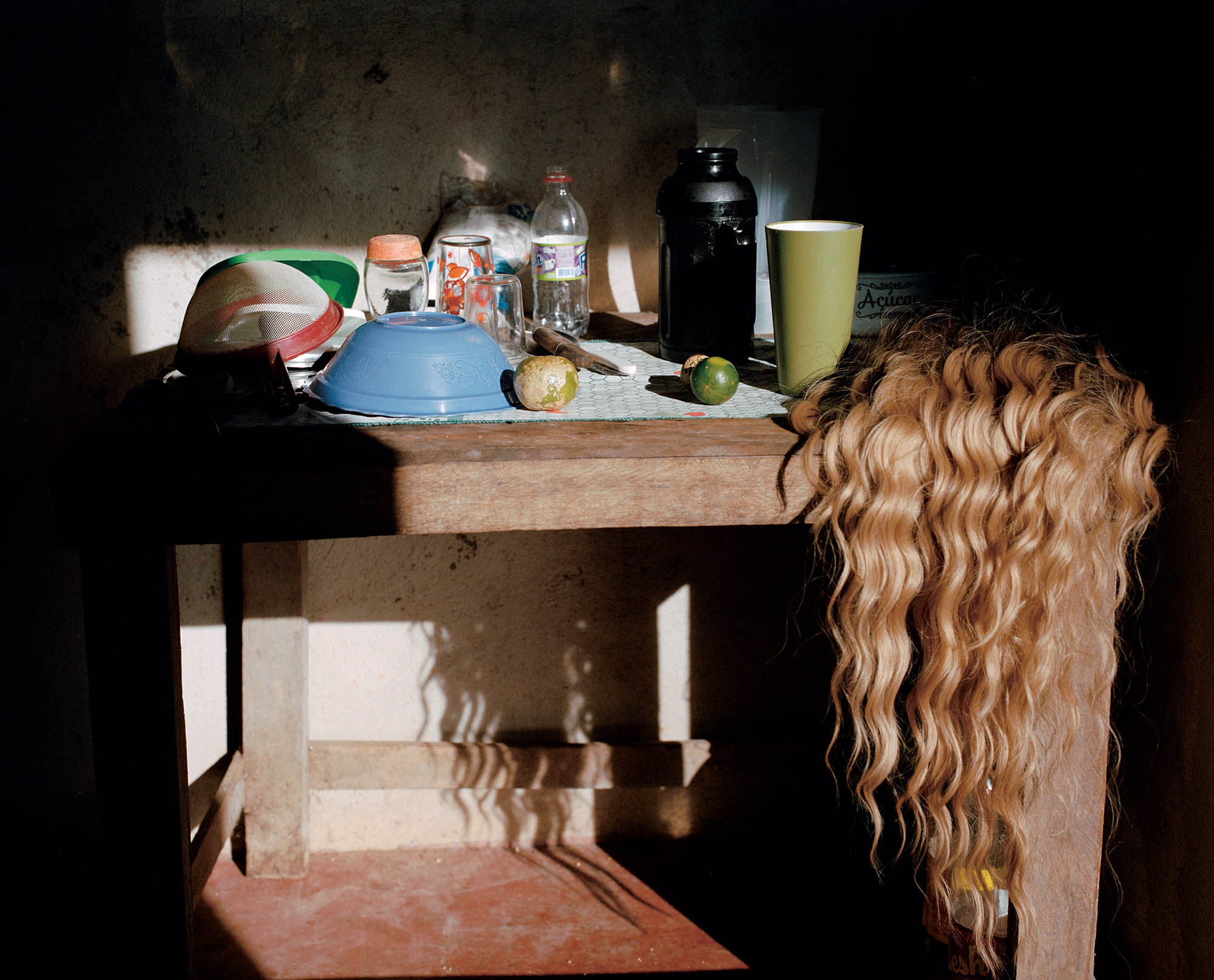
Yeah, that photo is killer.
He is incredible. I met Wendell at the very beginning of the series. I was eating dinner alone in this little place, and he came up and was like, ‘I’m a drag queen, and you’re going to photograph me on Thursday; I’ll be there at one o’clock’. He showed up with this costume and makeup. We became good friends, because Wendell is just a fucking trip. First he was vetting me to find out if I’m sensitive enough or kind enough to meet his friends. And then he decided that I passed the test.
He loves doing drag. However, he lives with his mother and she has a small business in the town square. Wendell feels he can’t perform because if the community sees him as a drag queen, they won’t buy from his family. He was really distraught about this. His mom knows that he’s gay, and knows that he does drag, but it’s just about the community’s response. He takes care of her and doesn’t want her to lose money. So his way of dealing with that is becoming a queer mother for every trans, non-binary, queer person in this little tiny town. He is a lifeline to so many young people who are coming out.
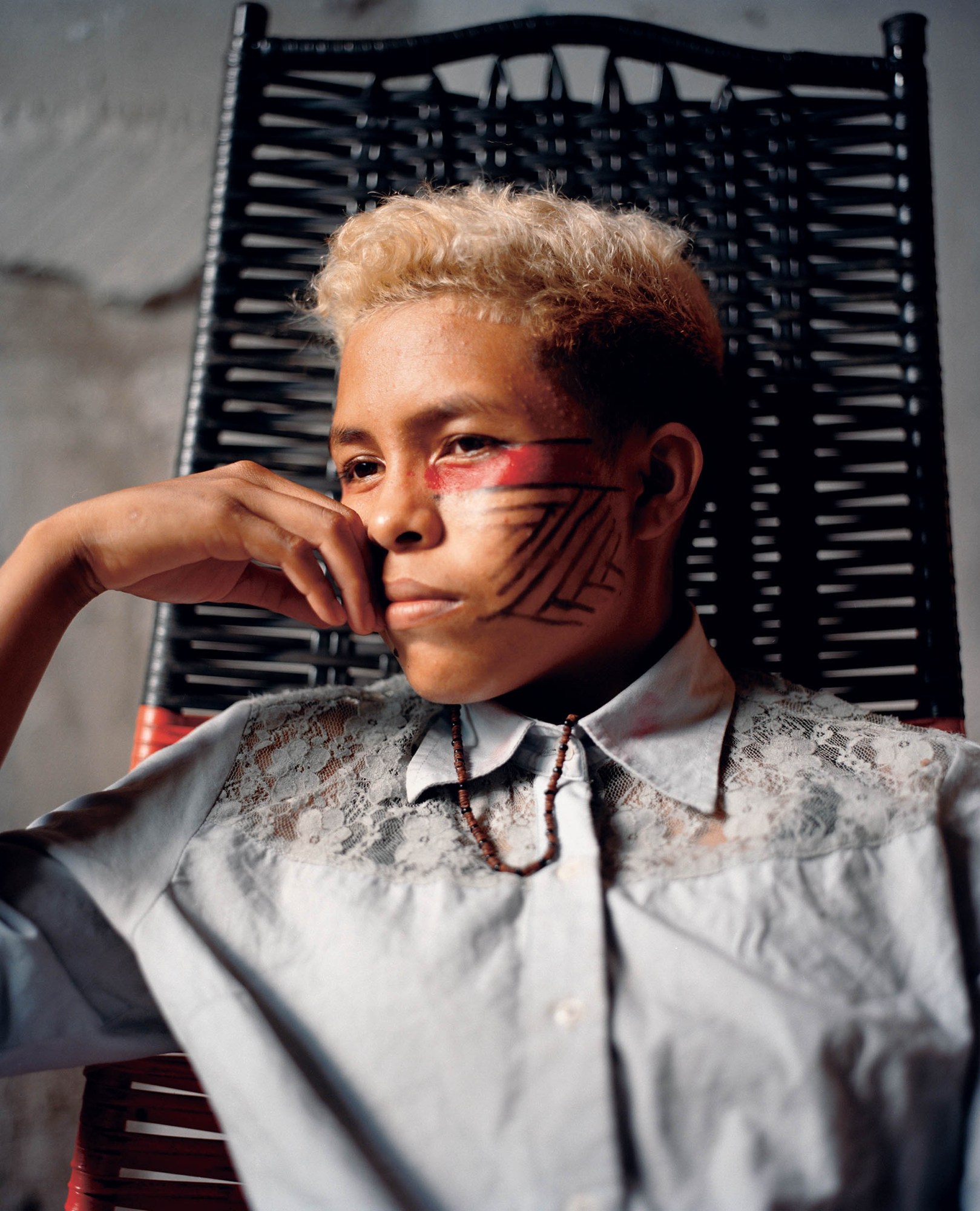
The hardships of homophobia also reinforce how truly strong and supportive the queer community is.
Absolutely. For me, that actually is very symbolic of why I felt such a deep connection, creating a family in this little town. We’re still all on WhatsApp chats together; we check in every couple days. It’s a testament to the queer community.
To what degree do you feel photography can function as a form of activism?
When I was younger, I used to think that art and photography could be an advocacy tool to really create systematic change, at a policy level and human rights level. As I’ve gotten older, I’ve come to realize that the change that I’m more interested in creating is on an individual level.
A realist scope.
Like, I don’t think that this book is gonna make Bolsonaro change.

